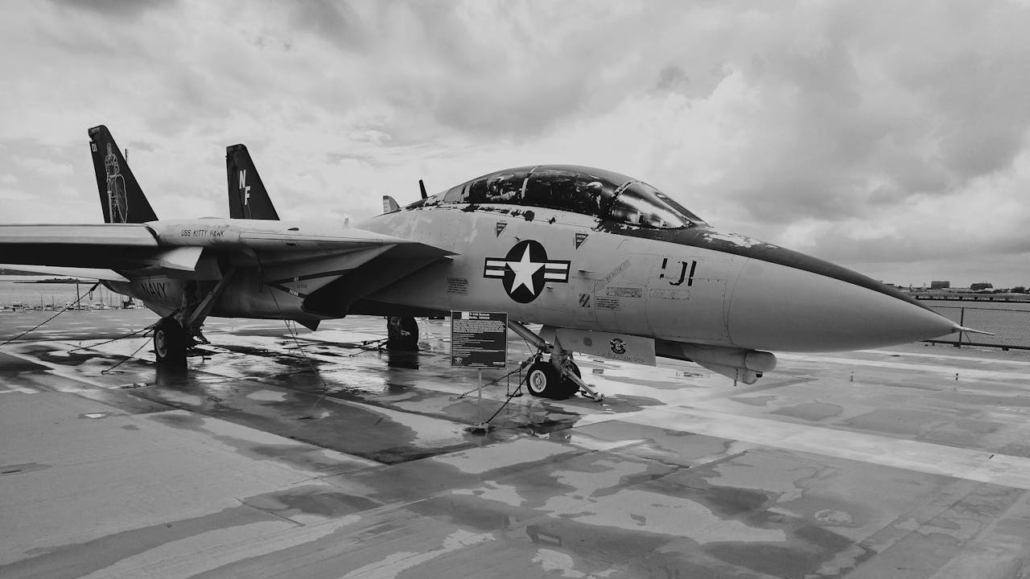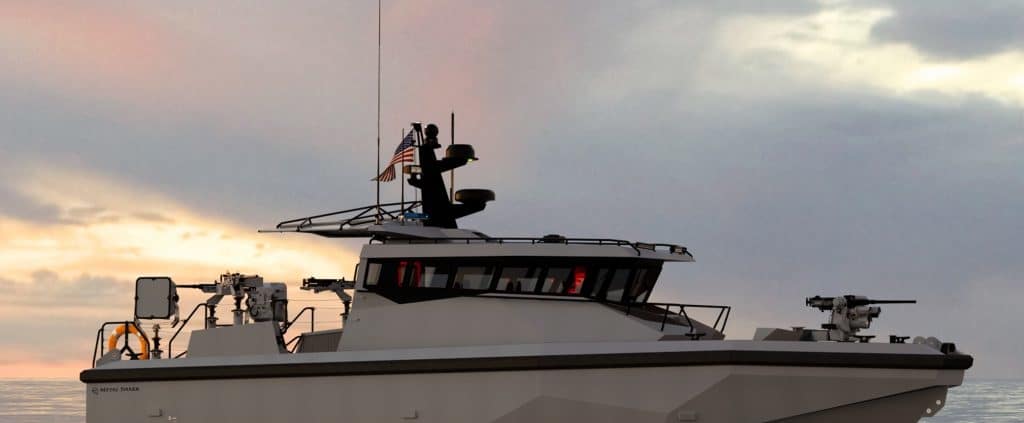Cube Cameras vs. Bullet Cameras: Choosing the Best for Rugged Use
Last Updated on December 23, 2024 by Datatoys
In harsh environments where reliable, high-definition video capture is critical, selecting the correct type of camera is vital. Cube cameras and bullet cameras are popular choices, each with unique advantages. Understanding how they differ can help you make an informed choice for applications ranging from UAV surveillance to cockpit monitoring.
What Are Cube Cameras and Bullet Cameras?
Both cube and bullet cameras are compact, durable video cameras designed for specialized uses. The primary difference lies in their shape, mounting versatility, and specific design features that make each suitable for different applications. Let’s look at each type’s core characteristics and see how they fit into rugged environments.
What Is a Cube Camera?

A cube camera, like the HD Mini Cube Camera from Datatoys, is a small, box-shaped camera often used in tight spaces or environments where a discreet, compact design is essential. Cube cameras are commonly found in drones, helicopters, and other aerospace applications because their size and shape allow easy integration into tight areas while still providing high-quality imaging.
Key Features of Cube Cameras
- Compact and Lightweight: Cube cameras are designed to be small and easy to install. This makes them ideal for mounting in compact spaces or on drones where weight and size are critical.
- High-Resolution Video: Many cube cameras, like Datatoys’ HD Mini Cube Camera, support HD or even 4K video, capturing clear, detailed footage that’s crucial for missions that require precise visual data.
- Durable Housing: Built to withstand harsh conditions, Datatoys cube cameras are often rated for extreme temperatures and high vibrations, ensuring they operate reliably in challenging environments.
Use Cases for Cube Cameras
- Unmanned Aerial Vehicles (UAVs): Cube cameras are popular on drones and UAVs due to their lightweight design and ability to record high-definition video. They provide real-time situational awareness in ISR (Intelligence, Surveillance, and Reconnaissance) applications.
- Mission-Critical Environments: Because of their durability, cube cameras are often used in applications where they need to function under high temperatures, dust, or vibrations, such as combat vehicle monitoring or border patrol.
What Is a Bullet Camera?
A bullet camera, such as the HD Mini Bullet Camera from Datatoys, is a cylindrical camera designed for high-definition video capture over longer distances. The “bullet” shape helps with directional focus, making it ideal for fixed mounting positions where the camera must point in a specific direction.
Key Features of Bullet Cameras
- Directional Field of View: Bullet cameras often have a narrow, more focused field of view than cube cameras, making them great for long-range monitoring.
- Weatherproofing and Durability: Many bullet cameras, like Datatoys’ HD Mini Bullet Camera, are weather-resistant and ruggedized, ideal for outdoor or exposed installations.
- Higher Versatility in Mounting: Bullet cameras can be positioned easily on walls or fixed structures with specialized mounts, making them suitable for stable, long-term installations.
Use Cases for Bullet Cameras
- Aircraft and Cockpit Monitoring: Bullet cameras are often used in aviation for cockpit and cabin monitoring, where they can be mounted securely in a specific direction to capture high-definition video.
- Perimeter and Surveillance Monitoring: The directional nature of bullet cameras is also helpful for surveillance applications, where a focused view is needed to monitor specific areas.
- Marine Camera Systems: Bullet cameras are perfect marine purposes due to their directional nature for surveillance applications.
Key Comparison Points Between Cube Cameras and Bullet Cameras
Field of View and Flexibility
- Cube Cameras: These generally offer a wider field of view, meaning they capture a broader area in one shot. This feature is valuable in dynamic applications, like drones, where the camera captures more of the surroundings.
- Bullet Cameras: Bullet cameras usually offer a narrower, focused view, ideal for applications that need a concentrated field, such as security or surveillance of a fixed area.
Mounting Options and Discreteness
- Cube Cameras: Due to their box shape, cube cameras are more versatile for mounting in tight spaces or hidden locations. Their compact size also makes them less obtrusive.
- Bullet Cameras: Bullet cameras are designed for stable mounting on walls, brackets, or other fixed structures. While they aren’t as discreet as cube cameras, their shape is highly functional for directed monitoring.
Video Quality and Resolution
Both cube and bullet cameras are available in high-definition (HD) and ultra-high-definition (4K) options, making them suitable for capturing clear, detailed images.
- Cube Cameras: Often have enhanced resolution settings to capture details in broader views. For instance, Datatoys’ HD Mini Cube Camera offers crisp 1080p video at high frame rates, ensuring high-quality output even in high-motion applications like UAV flights.
- Bullet Cameras: These cameras excel in capturing long-distance or specific area footage in HD. The HD Mini Bullet Camera provides reliable 1080p video, ideal for stationary surveillance applications where detailed monitoring of a defined space is essential.
Durability and Environmental Resistance
Both camera types are built to withstand extreme conditions, but they handle environmental challenges differently.
- Cube Cameras: Cube cameras from Datatoys are engineered to withstand vibrations, extreme temperatures, and rapid movements, making them ideal for UAVs and moving vehicles.
- Bullet Cameras: Bullet cameras are often weatherproof and dust-resistant, suitable for exterior or exposed environments, making them optimal for outdoor installations where they’ll face the elements continuously.
Choosing the Right Camera for Your Needs
When deciding between a cube camera and a bullet camera, consider the specific needs of your application.
- For Dynamic Environments: Cube cameras are ideal if you need a compact, lightweight camera that can capture wide-angle footage in a moving or confined space. UAVs, ISR applications, and tight cockpit setups benefit from cube cameras’ flexibility and compact design.
- For Fixed and Long-Range Monitoring: Bullet cameras are optimal if you need a camera for fixed-point, directional monitoring, particularly in outdoor or large indoor spaces. Cockpit and cabin views, perimeter surveillance, or specific area monitoring are where bullet cameras excel.
Datatoys Camera Options
Datatoys offers high-quality, rugged cameras in cube and bullet formats designed to deliver reliable performance in extreme environments. Explore Datatoys’ HD Mini Cube Camera for applications that require flexibility and a wide field of view, or consider the HD Mini Bullet Camera for directional, long-term monitoring needs.
Both camera types are engineered with military-grade durability to withstand extreme temperatures, dust, and vibrations, ensuring they operate reliably in the harshest conditions. Datatoys’ solutions are trusted by professionals across aerospace, defense, and surveillance industries, meeting stringent standards for mission-critical applications.



